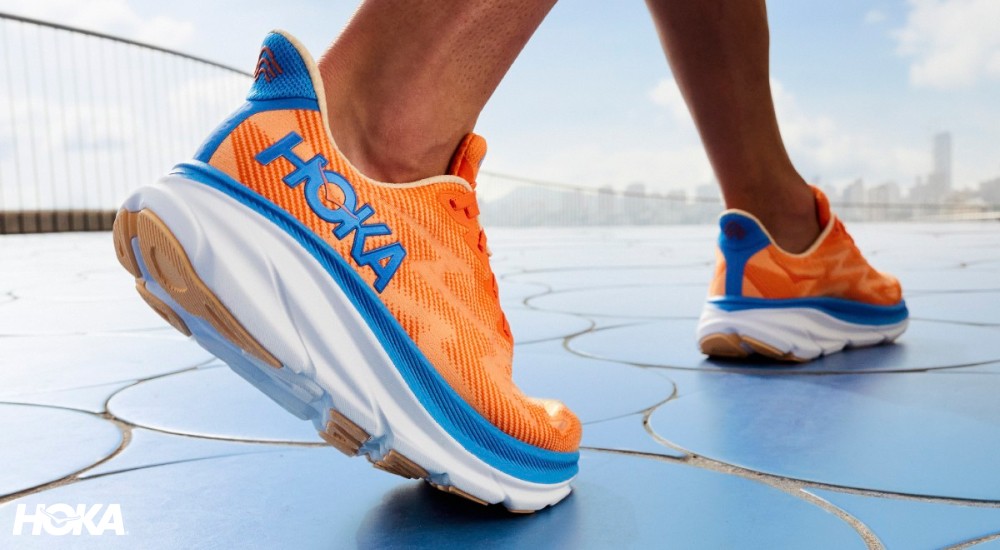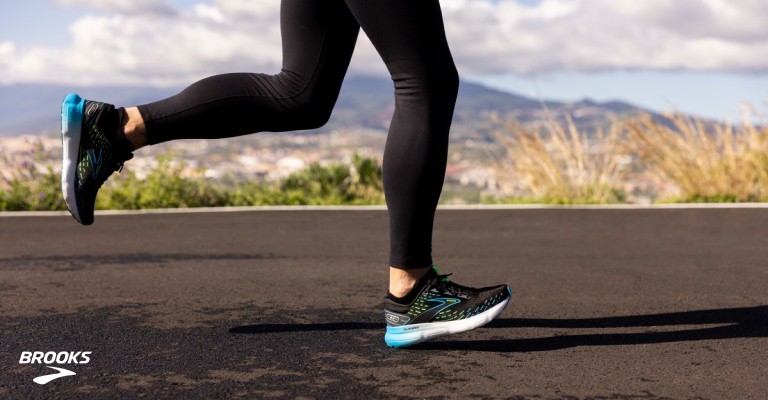What to Know about Midsole Drop for Runners

When it comes to choosing the right pair of running shoes or walking shoes, there are various factors to consider including the type of shoe you’ll need (road vs. trail), cushioning levels, and support type (neutral vs. stability). Another feature you’ll see frequently called out is the midsole drop. So, what is midsole drop and how does it affect your running and walking? Our Footwear Experts share the basics you need to know before purchasing your next pair!
What is Midsole Drop?
Midsole drop, also known as heel-to-toe drop or offset, refers to the height difference between the heel and the forefoot of a running shoe. It is usually measured in millimeters and can range from 0 to 12 or more. A lower midsole drop means that the heel and forefoot are closer to the ground and provide a more minimalist feel, while a higher midsole drop offers more cushioning.
Why Does Midsole Drop Matter?
Midsole drop is important because it impacts your stride and overall comfort. If you don’t find a drop that matches your natural stride, you may be left feeling uncomfortable during your run. Below are some general guidelines, but it really comes down to personal preference:
- Zero Drop: This drop of running shoe has no additional cushion, so the midsole drop is 0mm. Your heel and forefoot will touch at the same time, offering more of a barefoot experience.
- Low Drop: With a midsole drop of 6mm or lower, low-drop shoes provide some cushion while still offering a minimalist feel. Low-drop shoes allow you to land your heel and forefoot at the same time. This level of drop is frequently found in both walking and race-specific running shoes to provide a lightweight and responsive stride.
- Regular Drop: For most runners, you’ll turn to a running shoe with a midsole drop above 6mm. The most common drop is 10mm, but many brands like HOKA are designing maximum cushion shoes with a 12mm drop.
What Midsole Drop Do I Need?

Ultimately, finding the right midsole drop is a personal decision that requires trying on different shoes and considering your individual needs and activity. Our Footwear Experts outline a few things to consider:
- When trail running, you’ll want to consider a shoe with at least a 6mm drop in order to absorb impact and cushion.
- A regular-drop shoe is ideal for beginner runners or those who land heel first in order to offer greater impact absorption.
- A low-drop shoe is geared towards those who land on the middle or front of their foot. Most walkers do best with a low-drop shoe.
SCHEELS Store Experience Highlight
Did you know that some of our SCHEELS locations feature an advanced foot-scanning device from Aetrex? If you need assistance finding the right running shoe for you, the Albert 2 Pro device collects relevant data and sends the results directly to you! Then, our SCHEELS Footwear Experts can work with you to understand the results and offer recommendations so you can find the best overall running shoes for your feet.
Understanding midsole drop and how it affects your stride will help you when buying your next pair of trail or road running shoes. It’s important to know that there is no “best midsole drop” as every person is different. For any additional questions about midsole drop, contact your local SCHEELS to speak with a Footwear Expert.